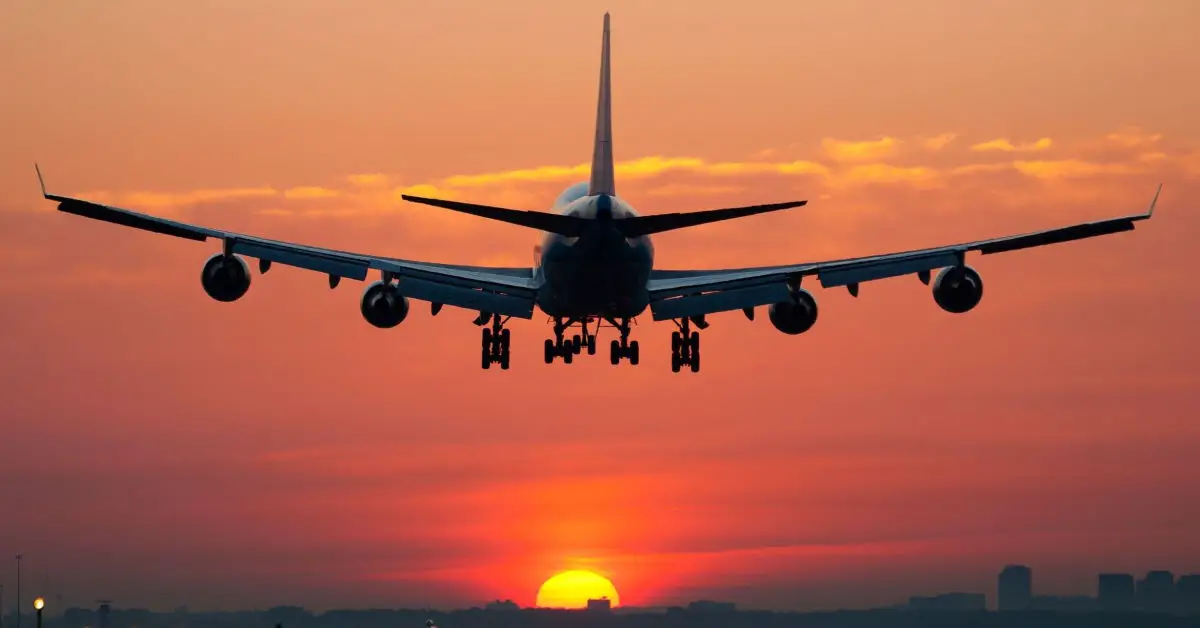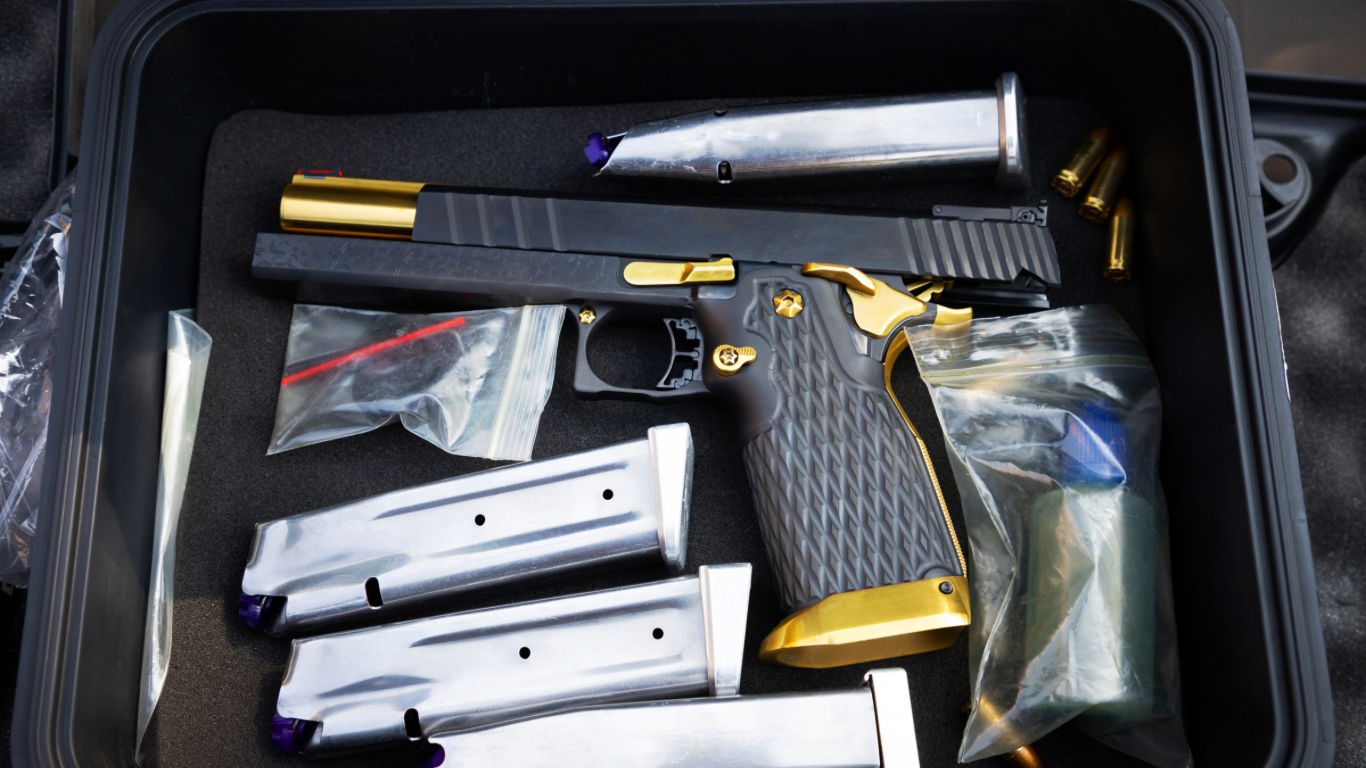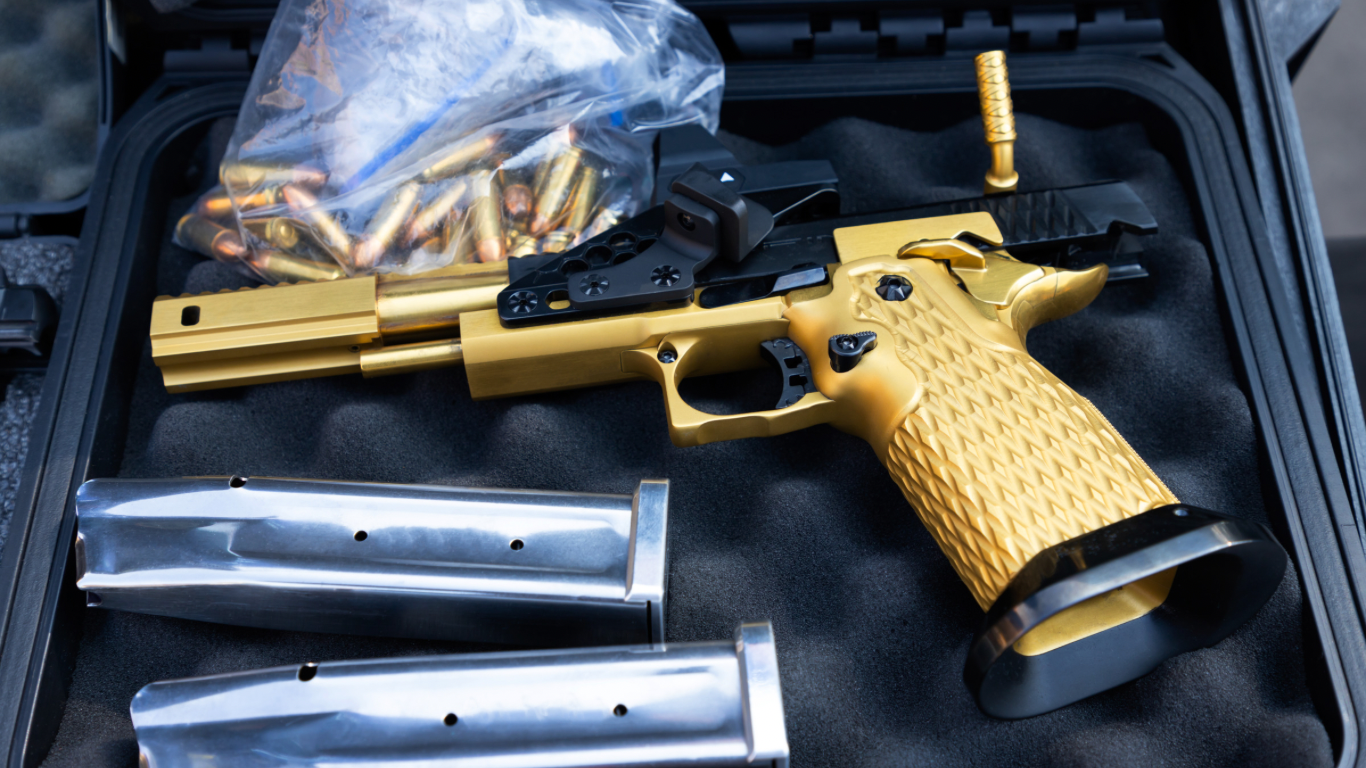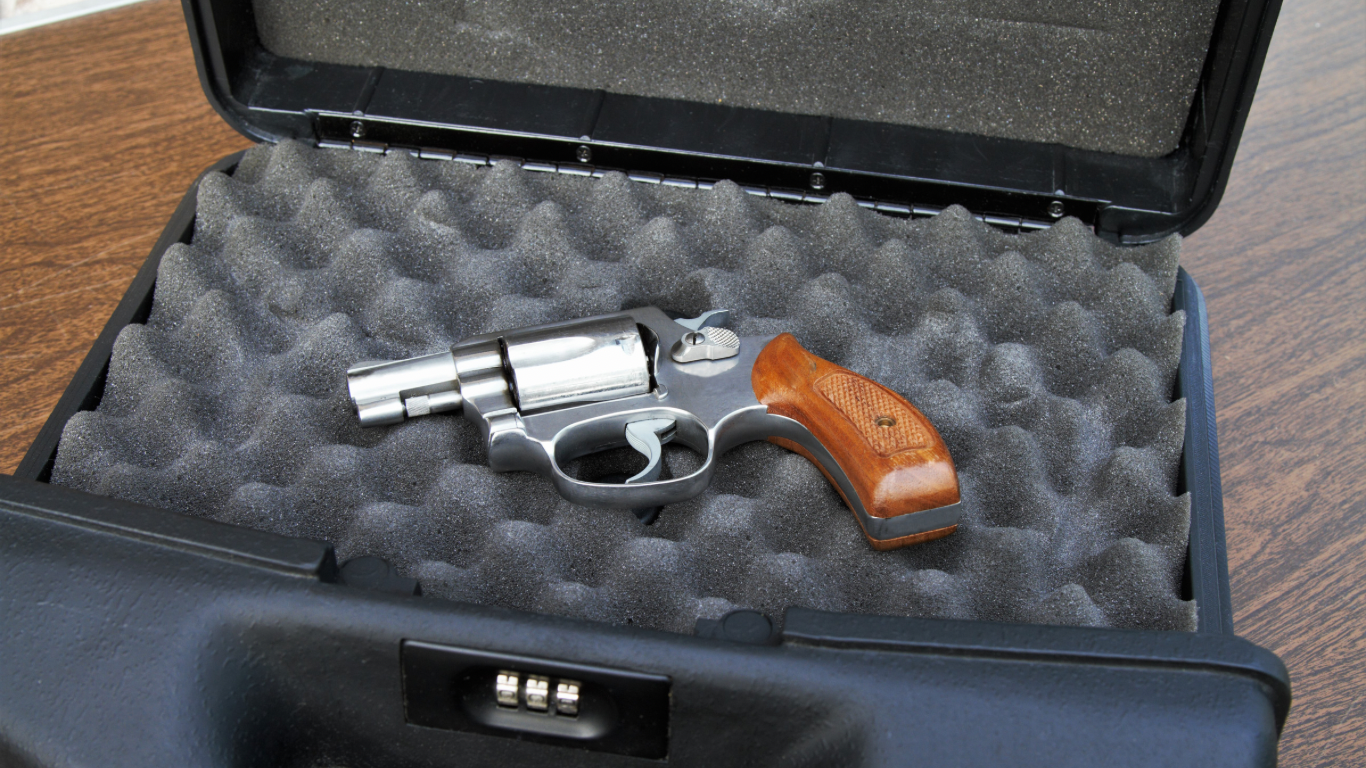Transporting firearms on a plane is not an easy process. It requires the traveler to understand basic airline and federal policies about firearm transportation on planes. Firearms and ammunition are of high risk, which means transporting them is not only difficult but complicated. Regardless, it is still possible to transport firearms on planes.
Traveling With or Transporting Firearms and Ammunition on Planes
Air travelers who own firearms for hunting or other purposes should be fully aware of the rules regarding traveling with guns and ammunition. There are strict regulations concerning the transportation of weapons on commercial flights. When it comes to transporting rifles and pistols, the restrictions are not any lesser. You must complete a concealed weapons permit class from a certified instructor to fly with your firearm. Also, you may need a valid hunting license if you are flying on an airline that requires such documentation before you transport firearms on planes.
Federal Law
Federal law does not prohibit the transport of unloaded firearms in checked baggage if you unload lock them in a hard-sided container. The United States Department of Transportation (DOT) requires airline passengers traveling with firearms in checked baggage must write “This Side up” on the outside of the box containing the gun. Ensure you include the phrase on the hard-sided container that holds your firearm. This is critical before you transport firearms on planes.
You may check in your ammunition with the firearm, but only if properly packed and declared at the time of check-in. Not all airlines have the same policies for traveling with or transporting firearms. You will need to check with the specific airline to get an update on their policy regarding weapons. Just because you have a ticket does not mean your gun will make it on the plane with you.
Make Sure to Follow Up Prior to Travel
If approved, make sure to call the airline 24 hours before arriving at the airport. The purpose is to inform them of any firearms that are coming through their terminals with you. If you do not make the call on time, you may face difficulties checking in. Also, travelers should be aware that firearms owned by customers and employees of airlines do not have any privileges. They remain prohibited from being transported as carry-on items like those of other passengers. As such, they must also go through the screening process with the airline staff. Moreover, firearms may not be brought on board an aircraft where they serve alcohol.
When checking in firearms, the airline should receive a notification, and they will send an agent to collect the gun and place it in a locked box. Firearm owners should be aware that federal law also prohibits them from traveling armed on an aircraft. In this case, you should not attempt to do so or risk a prison sentence or fines.
Despite notifying the airline of your intention to travel with a firearm, it is crucial to declare them when passing through security. At this point, you need to unload the gun too. If you brought any ammunition, check it in separately from the firearm. In some cases, you may put them separately in the same container.
Shipping and Baggage Considerations
Suppose you are shipping a firearm; you will need to present all the necessary paperwork and the proper box for shipping. The airline will need to know if you are sending a gun as baggage or cargo. If you are sending it as cargo, they have forms that you must fill out with detailed information about the firearm. Also, they will charge you a fee for checking your gun and ammo.
If you are sending it as baggage, remember to check the firearm and ammunition boxes on your ticket; otherwise, they will never make it onto the plane with you. Once approved, drop off your firearm box at the check-in counter and pick up your boarding pass. Make sure to tell them how many guns and the number of rounds of ammunition you have in your baggage (if it is not already on the ticket). If you made a mistake when checking in, you must go back to the counter and inform them.
It is essential to declare your gun and ammunition for safety and your benefit too. If your gun comes out damaged, you file a claim for damages with the airline and your shipping company.
Forms Required for Transporting Firearms and Ammunition on Planes
There are many documents for the involved parties to fill out when you transport firearms or ammunition on planes. It would help if you also double-checked with the airline, as they may require additional forms of identification.
Here is a list of the necessary forms:
- Properly label all firearm and ammo boxes with your address or receiver’s address.
- All firearm and ammo boxes must have a small box containing an affidavit signed by you and your traveling partner (if any). Also, the box must contain the contact information for the gun shop where you bought your firearms, among other forms of identification.
- Fill out a firearm declaration form. If you are transporting more than one firearm, the necessary documents should equate to the same number. Once completed, drop off this document with the rest of the paperwork at the airline check-in counter.
- You can check in ammunition only if when shipping via cargo. The small box containing the ammunition must have an affidavit. It will state you unloaded the firearm, and the ammunition is separate and safe to transport. The information must also include contact information for the gun shop from which you purchased the ammo. Airlines may require additional forms of identification and documentation, so be sure to call them before arriving at the airport.
Transportation Security Administration Process
The Transportation Security Administration (TSA) is responsible for the security of flights in the United States. According to the TSA, you may place firearms in checked luggage after passing through the security checkpoint. A TSA agent will screen the firearm at the checkpoint before allowing it into the luggage. Make sure you have all documentation for your gun to ensure a smooth process.
Your luggage may be subject to random screening by security personnel upon arrival. Prepare for this situation and know that you can request a review of your case if of a damaged or confiscated firearm.
Conclusion
Knowledge and preparation are two of the most important things to remember when you transport firearms on planes. Familiarize yourself with all the proper forms needed before arriving at the airport. Know your airline’s policies on traveling with firearms. By having this information in print, you can transport gun on planes efficiently and effectively.






